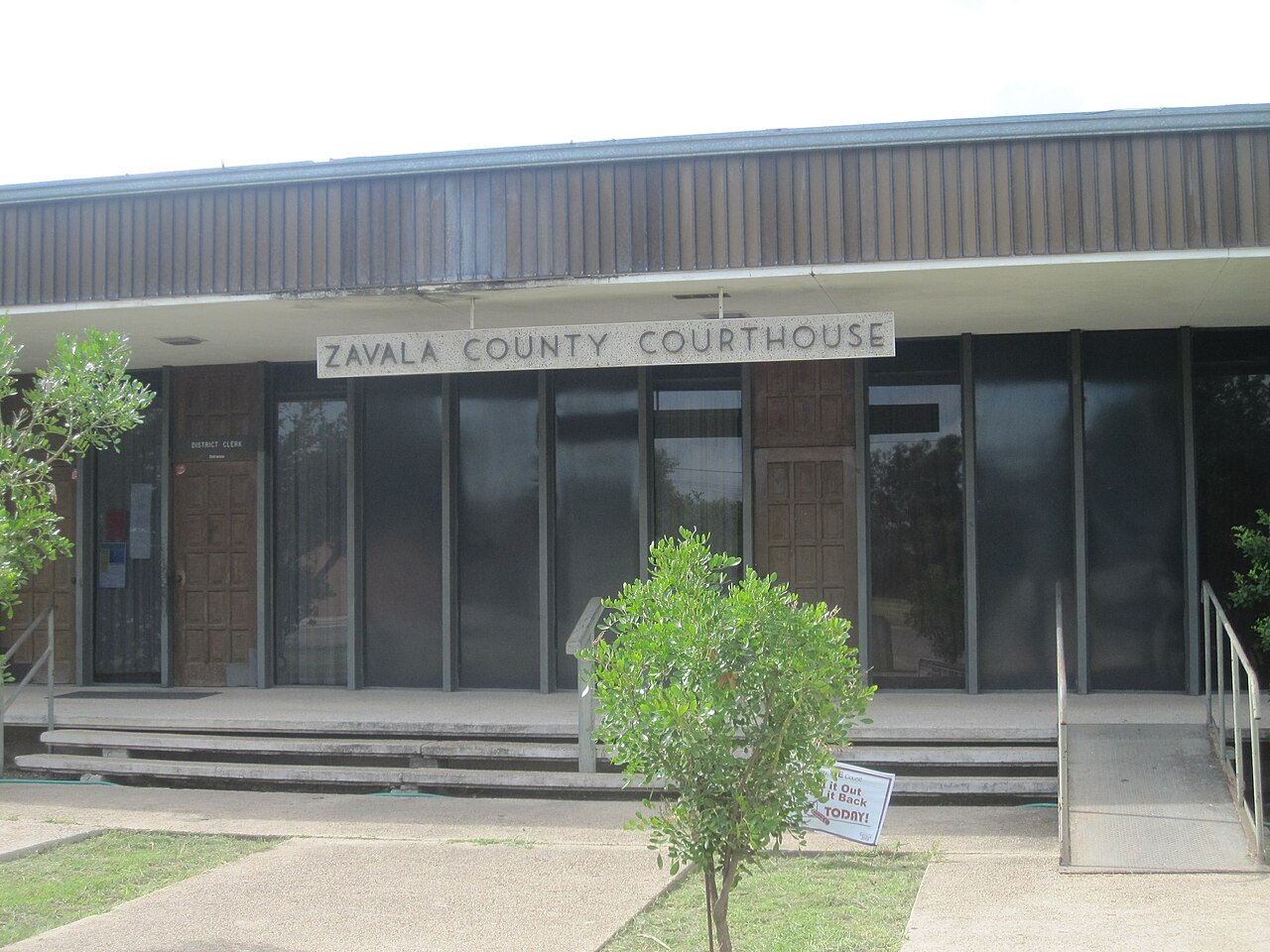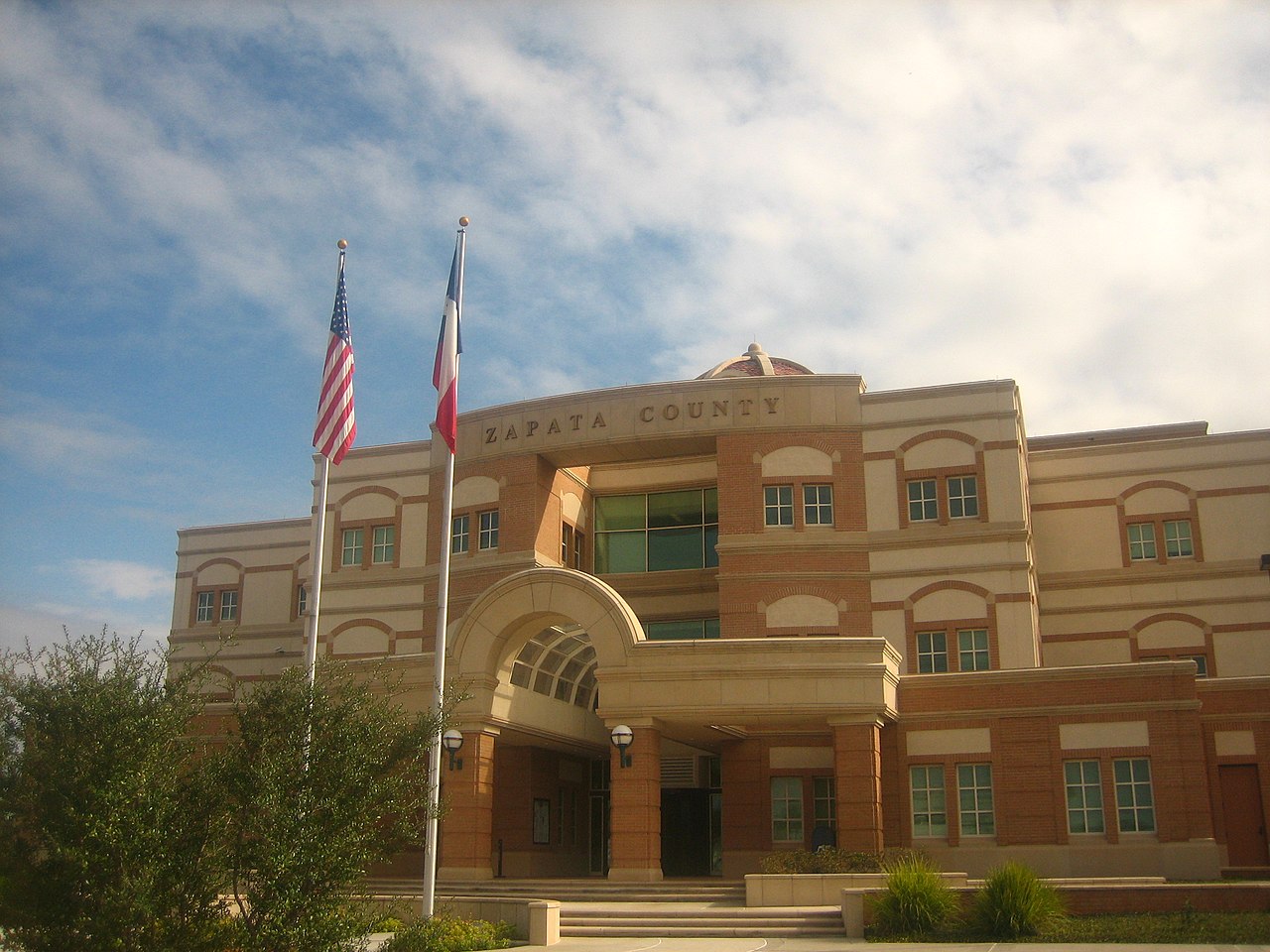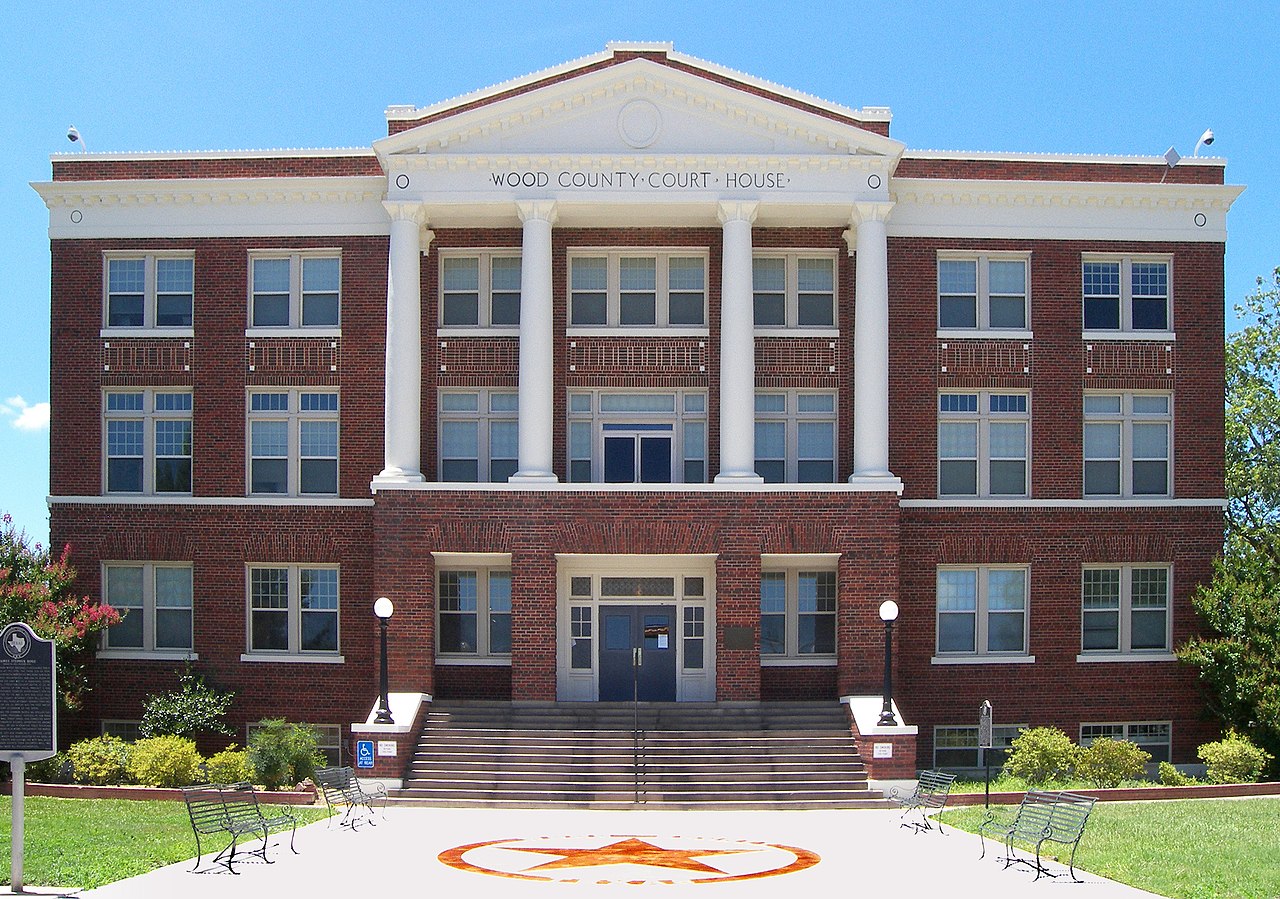Texas Writs of Garnishment to Collect Judgment Liens from Llano County, Texas
When it comes to collecting judgments in Llano County, Texas, Busby & Associates is the leading law firm you can trust. Our skilled attorneys are skilled in the defense, collection, and enforcement of judgments, with a focus on garnishing bank accounts and financial institutions. As experienced consumer bankruptcy, family law, and divorce lawyers, we also extend our services to clients involved in child support lien cases, representing both obligors and obligees. Furthermore, if you require assistance with the domestication of foreign child support liens in Llano County, Texas, we have the knowledge and resources to assist you. Contact us today, and we’ll provide you with the personalized attention you deserve, ensuring a successful outcome in collecting your judgment.
Texas Judgment liens in Llano County
The significance of a properly fixed judgment lien in Llano County cannot be overstated, as it operates as a lien on the judgment debtor’s nonexempt real property. To initiate this lien, one must adhere to the precise procedures of recording and indexing an abstract of judgment. Ensuring the comprehensive filing of the abstract of judgment in each county where the lien is sought is crucial. As long as the judgment remains active without entering a dormant state, the lien preserves its validity for a period of ten years from the date of recordation and indexing. It’s important to highlight that the judgment forming the basis of the lien must be final, exempting interlocutory judgments from consideration. Even in circumstances where the judgment undergoes an appeal or a supersedeas bond is in place, there remains the option to file an abstract of a final judgment. Furthermore, should a judgment creditor take the essential measures to establish a lien prior to the appeal, the appeal itself does not undermine the effectiveness of those actions upon affirmation. These regulations exclusively apply to judgments issued by Texas state trial courts and do not encompass the enforcement of judgments originating from other states or foreign jurisdictions. To create a lien in such instances, it is mandatory to first domesticate the judgment in Texas, followed by the potential filing of an abstract.
Texas Abstract of Judgment
In Texas, the abstract of judgment can be prepared by different individuals, including the judge, justice of the peace, clerk of the court, or the authorized representative of the judgment creditor, such as their agent, attorney, or assignee. However, for small claims and justice courts, the judgment creditor is not allowed to prepare their own abstract. Moreover, abstracts of federal court judgments require the certification of the clerk of the court. To abstract your judgment lien in Llano County, Texas, you can go to the County Clerk’s office located at 107 W Sandstone St, Llano, Texas 78643.
Contents
When compiling a Texas abstract of judgment, it is essential to incorporate specific components to ensure its validity. These components encompass providing the names of the plaintiff and defendant, disclosing the defendant’s birthdate if known to the clerk of justice, and including the last three digits of the defendant’s driver’s license and social security number if accessible. Additionally, it is crucial to mention the suit number in which the judgment was rendered, detailing the defendant’s address or providing information about the citation’s nature, date, and place of service. The date on which the judgment was rendered should be clearly stated, along with the total amount for which the judgment was rendered and the remaining balance. It is also necessary to specify any child support arrearage and the interest rate specified in the judgment. Furthermore, the abstract of judgment must include the mailing address for each plaintiff or judgment creditor, as failure to do so may result in the imposition of a penalty filing fee. It is important to note that the abstract must be verified by the creditor’s attorney and that unsworn declarations are not admissible.
Recordation of Judgment Liens Abstract
In the presence of the debtor’s real property in Llano County, the abstract of judgment must be documented accordingly. The Llano County clerk fulfills this duty by receiving the abstract and recording it in the county’s real property records, diligently noting the date and time of documentation. Moreover, the clerk must incorporate the abstract into the alphabetical index to the real property records, providing comprehensive information such as the names of both the plaintiff and defendant in the judgment, along with the corresponding page number in the records where the abstract is officially recorded.
Abstracts of Domesticated Judgment Liens.
Under the Uniform Enforcement of Foreign Judgments Act and the Uniform Foreign-Country Money Judgments Recognition Act, judgments filed under these Acts can be enforced in Texas in the same manner as judgments filed in the court where they originated. To domesticate a foreign judgment in Texas, the foreign judgment holder must satisfy the lien requirements.
Property To Which Lien Attaches Non-Exempt Real Property
The judgment lien applies to all nonexempt real property owned by the defendant and located in Llano County, where it is recorded.
Keeping the Judgment and Judgment Lien Alive
1. Non-governmental Judgments
The duration of the judgment lien spans 10 years, commencing from the date of recording and indexing the abstract. However, if the judgment becomes dormant, the lien ceases to have effect. Hence, it is vital to (1) maintain the judgment’s active status and (2) obtain and record a new abstract of judgment. A judgment is considered dormant if a writ of execution is not issued within 10 years from its rendering. Nevertheless, it can be revived through scire facias or by commencing an action of debt within two years of dormancy.
2. State or State Agency Judgments.
State or state agency judgments stay enforceable and do not become dormant. When an abstract of judgment is filed correctly, it creates a lien that lasts for 20 years from the filing date, and the lien can be renewed for an additional 20-year period by filing a renewed abstract of judgment, maintaining its effectiveness for a total of 40 years.
3. Political Subdivisions.
While dormancy statutes can cause political subdivisions’ judgments to become inactive, the revival statute, Civ. Prac. & Rem. Code § 31.006, enables political subdivisions to revive the judgment at any time. Thus, the political subdivision is not restricted by the statute of limitations and can revive the judgment even beyond the two-year dormancy period.
4. Child Support Judgments.
The exception to the dormancy statute for child support judgments is outlined in § 34.001 Subsection (c) of the Civ. Prac. & Rem. Code and applies to all such judgments, irrespective of their date of rendering or issuance.
Property Subject to and Exempt from Execution.
1. Property Subject to Execution.
The judgment debtor’s property is subject to execution levy unless it is exempted by the constitution, statute, or any other legal rule. In most situations, the following types of property will not be exempt: a. Cash on hand or in checking or savings accounts; b. Pleasure boats and associated motors and trailers; c. Collections (stamps, coins, etc.); d. Stocks, bonds, notes, and other investments; e. f. Airplanes. Corporations do not possess any protected property.
2. Property Exempt from Execution.
Irrespective of whether it pertains to a family or a single adult, the execution of property is exempt in the following categories: a) The homestead b) Personal property falling under specific statutory categories, up to a combined fair market value of $100,000.00 for a family or $50,000.00 for a single adult who is not a member of a family c) Current wages for personal services (excluding child support) and unpaid commissions, not exceeding twenty-five percent (25%) of the $50/$100,000 aggregate limitations d) Professionally prescribed health aids e) Worker’s compensation payments f) Cemetery lots held for the purpose of sepulcher g) Property that the judgment debtor sold, mortgaged, or conveyed in trust, provided that the purchaser, mortgagee, or trustee identifies alternative property belonging to the debtor that satisfies the execution h) Assets held by the trustee of a spendthrift trust for the benefit of the judgment debtor i) Certain insurance benefits j) Certain savings plans, including retirement benefits and health savings plans k) College Savings Plans l) Certain consigned artwork.
WRITS OF GARNISHMENT.
Through the post-judgment garnishment procedure, a judgment creditor gains the ability to investigate the relationship between a third party and the judgment debtor, with the purpose of ascertaining any outstanding debts or property owed to the debtor. Should such debts be uncovered, the creditor (garnishor) can obtain a garnishment judgment, authorizing the third party (garnishee) to make payments to the garnishor rather than the judgment debtor.
Requirements to Issue
Garnishment can be pursued after a judgment, but only if specific requirements are met. Firstly, the creditor must have a valid and subsisting judgment against the debtor, with the judgment being deemed final and subsisting from the date of rendition. Secondly, the debtor must not have filed an approved supersedeas bond to suspend execution on the judgment. Lastly, the creditor must assert that, to the best of their knowledge, the judgment debtor does not have sufficient property in Texas that can be executed to fulfill the judgment.
Procedure for Securing Issuance Jurisdiction and parties
Keep in mind that a post-judgment garnishment action is an independent legal action separate from the main case it aims to enforce. The third-party garnishee should be identified as the defendant, reflecting its role in an ancillary lawsuit. The application for post-judgment garnishment should be submitted in the same court that delivered the judgment to be collected, albeit with a different cause number.
Service of the writ of garnishment/notice to judgment debtor.
The writ of garnishment is intended to be served on the garnishee as a means to initiate the garnishment action. While the judgment defendant is not considered a necessary party in the garnishment process, they must still be served with a copy of the writ of garnishment, the application, accompanying affidavits, and court orders as soon as practically feasible after the garnishee has been served. It is also required that the copy of the writ served to the defendant includes its contents in 12-point type and is presented in a manner calculated to inform a reasonably attentive person. Failure to provide proper notice to the judgment debtor regarding the garnishment results in any judgment, other than one dissolving the writ, being void.
Banks as Garnishees for Writs of Garnishment
Delivery of garnishment writs to garnishee banks is contingent upon sending them to the address designated as the registered agent of the financial institution in its registration statement filed with the Secretary of State under Section 201.102 or 201.103 of the Finance Code. Out-of-state financial institutions must undertake the registration process with the Secretary of State, following the laws governing foreign corporations conducting business in the state, including designating an agent for process under Section 201.102. On the other hand, Texas financial institutions have the flexibility to file a statement with the Secretary of State appointing an agent for process under Section 201.103.
Officer’s Return.
Pursuant to Tex. R. Civ. P. 663, the officer responsible for executing a writ of garnishment must provide a return that complies with the citation regulations. It is advisable for the judgment creditor to carefully examine the return before seeking a garnishment judgment, especially if it is a default judgment. Returns in garnishment proceedings are subject to the rules governing citations in general. Courts have held returns as fatally defective if they do not reveal the method of service on a corporate garnishee or the place of service.
Forms for the form and Practical Procedure
When you encounter a bank account or another debt owed by the judgment debtor that can be garnished and it is cost-effective to pursue, proceed with the necessary legal action by filing an Application for Garnishment, supported by an affidavit signed by the judgment creditor’s attorney. Ensure that the affidavit contains crucial details, such as the original suit and judgment information, the garnishee’s name, officers for service, service address, and any available account names and numbers.
When it comes to collecting a judgment in Texas, rely on Busby and Associates for professional support. Their contingency-based services mean you don’t have to worry about upfront fees. For judgments originating from other states with a judgment debtor in Texas, they evaluate each case on an individual basis, potentially requiring a retainer. Furthermore, if the judgment debtor or judgment is tied to Llano County, they can assist you in garnishing a bank account or financial institution to recover the owed amount.














